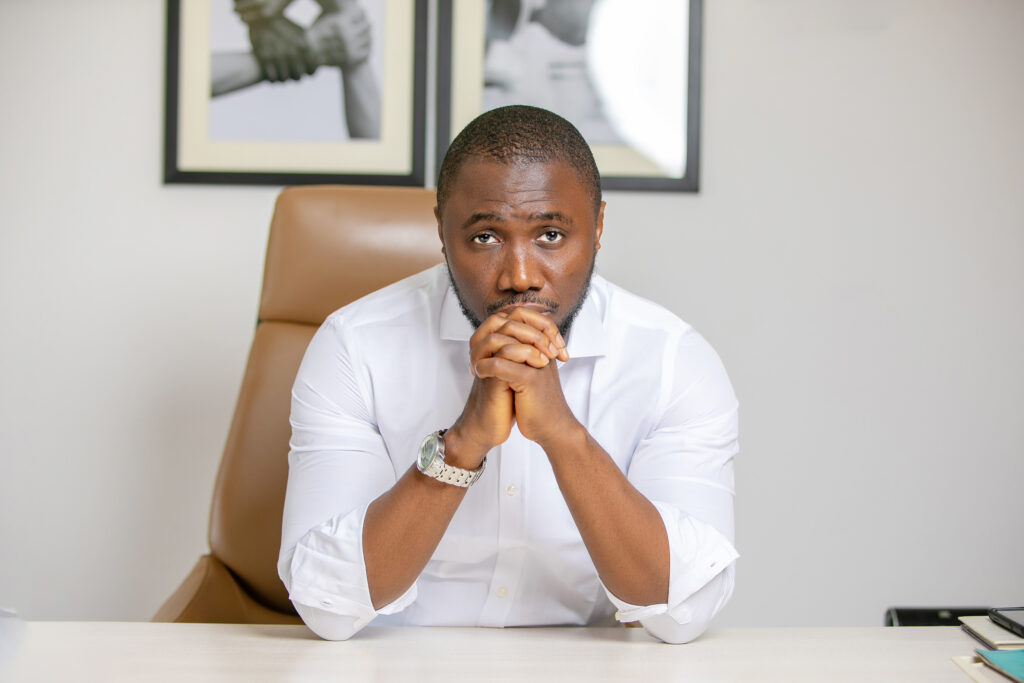There is hardly any corner of the world untouched by the deadly coronavirus, a global pandemic many have labelled as the worst-case scenario. The virus which began in the industrial city of Wuhan in China has spread all over the globe, leaving a staggering number of deaths, infections and crushed economies in its wake. Thankfully, progressive strides have been achieved alongside, as we attempt to beat the common enemy, such as the invention of vaccines, preventive practices, remote work adaptation, amongst others, geared towards overall improvement in the management and control of the virus and its impact. Nevertheless, the devastation the virus has wrought has certainly birthed a consciousness of a world after a pandemic. The pandemic exposed the vulnerabilities of our world and it is apparent that we cannot return to the world as it was before.
The June 2020, Global Economic Prospects described both the immediate and near-term outlook for the impact of the pandemic and the long-term damage it had dealt to prospects for growth. The baseline forecast envisioned a 5.2 per cent contraction in global GDP in 2020, using market exchange rate weights—the deepest global recession in decades, despite the extraordinary efforts of governments to counter the downturn with fiscal and monetary policy support. Over the longer horizon, the deep recessions triggered by the pandemic are expected to leave lasting scars through lower investment, an erosion of human capital through lost work and schooling, and fragmentation of global trade and supply linkages. Thus, the crisis highlights the need for urgent action to cushion the pandemic’s health and economic consequences, protect vulnerable populations, and set the stage for a lasting recovery.
Inasmuch as we understand that the virus has the potential to even more radically reshape our world as we have seen so far, the primal urge of humans to survive prompts us to discover ways to not only overcome these challenges but to surmount them. Leaders everywhere, from family heads to global organizations, have responded through the development of structures, processes and systems that can accommodate a coronavirus-ridden world with minimal crunch.
The business environment has become more volatile than ever, thus adaptability and flexibility have turned out to be more in demand from leaders
It is without any gainsaying that the workplace, the business environment has become more volatile than ever, thus adaptability and flexibility have turned out to be more in demand from leaders. Yes, change is constant. It is evident that the world now operates fundamentally differently from two years ago, and it is positive that the changes would be even more drastic going forward. This shift provokes rethinking and reworking of strategies, customer relationships, and what leaders need to do to thrive.
McKinsey described five qualities that will be critical for business leaders to find their way to the next normal: resolve, resilience, return, re-imagination, and reform. But note that there would likely be overlap among these stages, and the order might differ, depending on the business, the sector, and the country.
Already, many organizations have begun to adapt work model innovations that accommodate the changes that the pandemic has heralded. Some examples of such innovations are:
Remote work
In the past remote work was not considered as a sound option for many organizations, however, as people were forced to stay at home for weeks on end, working from home was embraced as the most viable option. Now the remote work culture has metamorphosed into standard practice and is projected to be a common feature in the workplace of the future. In October 2020, tech giant Microsoft announced that it would offer staff the option to work from home permanently, just as other Silicon Valley mainstays Facebook and Twitter, as well as Japan’s Fujitsu, did earlier that year.
Beyond 9-5
Flexibility in work hours have emerged as part of the new normal. The world of business has evolved to stretch beyond the traditional 9am to 5pm shift. This is of course a direct consequence of the remote work culture. Furthermore, it has been shown to encourage focus while keeping stress at bay as people get to turn up for work in their most comfortable attires, in a physical space that suits and soothes them.
Following the foregoing, here are several suggestions to help companies sustainably improve on their existing models while at the same time rebuilding revenue and a healthy workplace post-covid.
